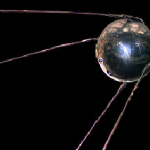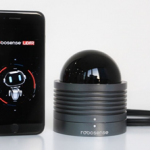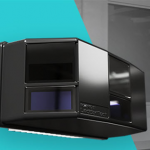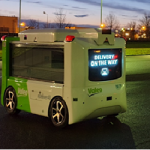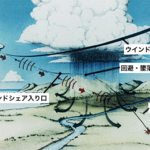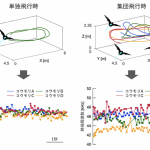
衛星による通信は、地表面もしくは海底に沿ったケーブルによる通信および短波(主として数MHz~数10MHz)による通信が主要な手段であったグローバルな通信の形態を大きく変えるものとなった。これまでに打上げられた通信衛星の累積の数は膨大であり、そのうちの代表的な物を、今回と次回の二回に分けて報告をすることにしたい。今回は、初期(1980年代までを目途として)の通信衛星(除く日本)について紹介を行い。次回は日本の通信衛星の経緯および、現段階での衛星通信の状況及び将来的な大容量衛星通信の計画などに関して紹介することとしたい。
Satellite communications have significantly changed the form of global communications, in which cable communications along the surface of the earth with shortwave radio technology (mainly several MHz to several tens of MHz) was the main means. The cumulative number of communication satellites launched so far is enormous, and I would like to report on the typical ones dividing two sections. This time, I will introduce the early days (until 1980s) communication satellites (excluding Japan). Next time, would like to introduce the history of Japanese communications satellites, the status of satellite communications as of now, and plans for future large-capacity satellite communications.
